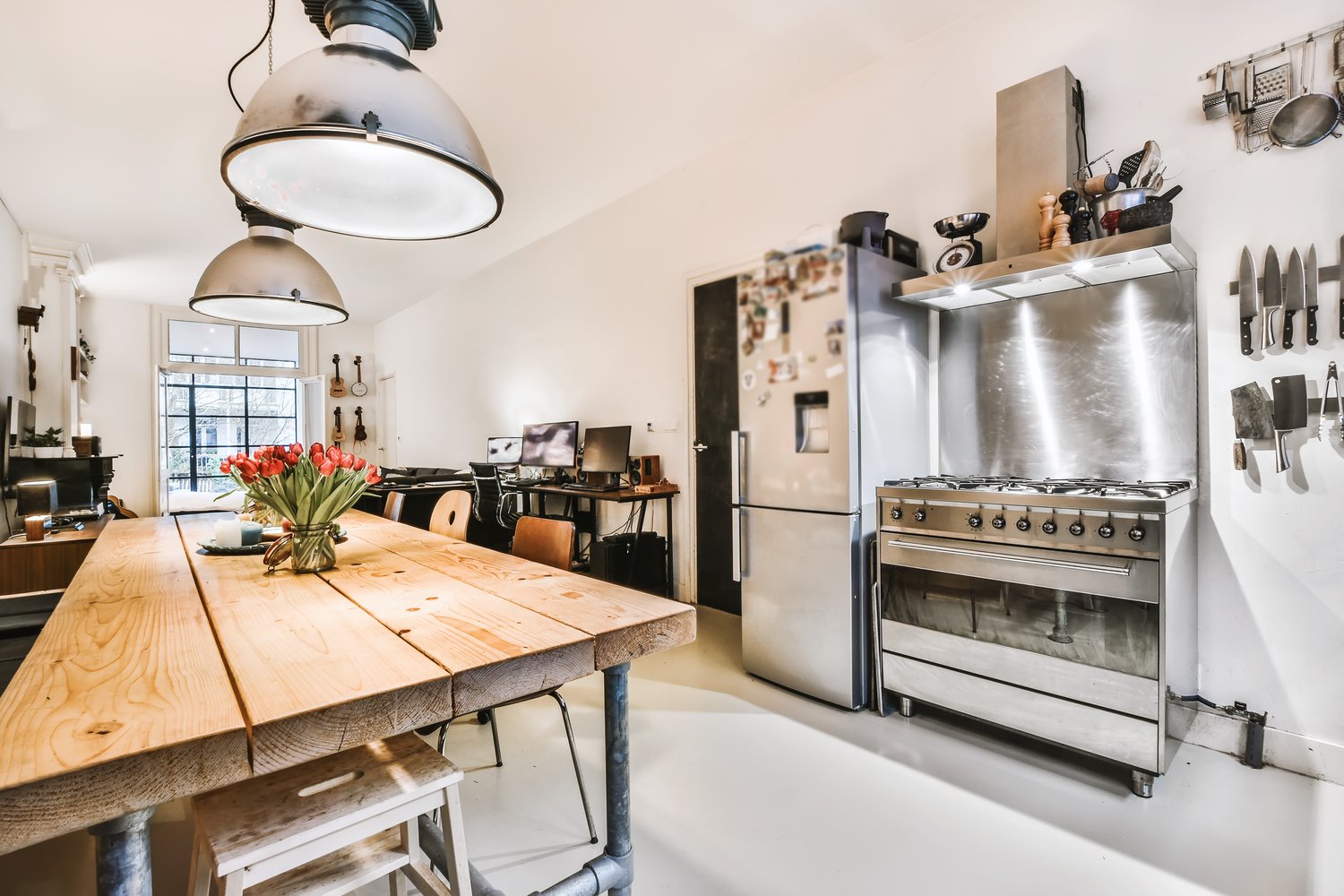Creating a home that truly reflects your personality often means drawing inspiration from various design aesthetics rather than adhering strictly to one style. The art of mixing design styles has become increasingly popular as homeowners seek to express their unique tastes and experiences through their interiors. This approach, known as eclectic interior design, allows for creative freedom while still maintaining harmony throughout your space. The following guide will help you successfully blend home decor styles to achieve a cohesive eclectic look that feels intentional rather than chaotic.
Understanding Eclectic Interior Design
Eclectic interior design is often misunderstood as simply throwing together random elements without rhyme or reason. In reality, creating a truly cohesive eclectic look requires thoughtful curation and an understanding of how different styles can complement each other. The most successful eclectic spaces feature carefully selected pieces that, while diverse in origin or era, share connecting elements that tie the room together. This approach celebrates individuality and personal history, allowing homeowners to incorporate cherished items and new discoveries in a way that tells their unique story through interior design.
When you blend home decor styles effectively, you create spaces that feel both interesting and intentional. The goal isn’t to create a museum of different design periods but rather to develop a harmonious environment where diverse elements enhance rather than compete with each other. A well-executed eclectic interior balances contrast with cohesion, creating visual interest while maintaining a sense of order that makes the space feel welcoming and comfortable.
Finding Your Anchor Style
The foundation of successfully mixing design styles begins with identifying a primary or anchor style that will guide your overall aesthetic. This doesn’t mean that 80% of your home follows one style with a few eclectic touches—rather, your anchor style establishes the underlying mood and framework upon which you’ll build your eclectic vision. For instance, if mid-century modern serves as your base, its clean lines and organic forms will help ground more ornate or contrasting pieces you introduce.
Your anchor style often emerges naturally from architectural features of your home, your existing furniture collection, or simply the aesthetic that resonates most strongly with you. By acknowledging this dominant influence, you create a consistent thread that helps maintain cohesion as you incorporate contrasting elements. This approach prevents your space from feeling disjointed and ensures that your eclectic choices feel purposeful rather than arbitrary.
Creating Harmony Through Color
One of the most powerful tools for achieving a cohesive eclectic look is a thoughtful color strategy. A controlled palette creates visual continuity even when furniture styles, textures, and periods vary widely. Consider selecting three to five main colors that will appear throughout your space, then allow for variations in shade and intensity within that palette. This approach creates a sense of intention that binds diverse elements together.
Color can also help you emphasize or downplay certain pieces within your eclectic mix. For instance, painting a traditional console table in a contemporary color might help it blend with more modern elements in the room. Similarly, using consistent accent colors across different style pieces—like the same vibrant blue on both a traditional chair cushion and a modern artwork—creates visual connections that enhance your cohesive eclectic look.
Balancing Visual Weight and Scale
When you blend home decor styles, paying attention to the visual weight and scale of each piece becomes crucial for maintaining balance. Visual weight refers to how dominant an object appears in a space based on its size, color, and complexity. A successful eclectic interior distributes visual weight throughout the room rather than concentrating heavy or ornate pieces in one area and minimal pieces in another.
Scale considerations are equally important when mixing design styles. A common challenge in eclectic interior design is incorporating pieces that were designed for different contexts and room sizes. As design experts at AskHomey often advise their clients, maintaining consistent scale among key pieces helps create a sense of intention even when styles vary. For example, if your primary seating has a low profile in the mid-century style, other major furniture pieces should generally maintain similar height lines to create a harmonious flow throughout the space.
Unifying Through Textiles and Accessories
Textiles and accessories provide perfect opportunities to reinforce connections between different style elements in your eclectic design. Rugs, throw pillows, and window treatments can introduce patterns or colors that reference multiple pieces in the room, creating visual bridges between disparate styles. Similarly, accessories like artwork, books, and decorative objects can help tell a cohesive story despite stylistic differences in your larger furniture pieces.
When mixing design styles, textiles offer an accessible way to update the look without replacing major furniture. A traditional sofa paired with contemporary pillows, or a sleek modern dining table dressed with vintage linens, demonstrates thoughtful style blending that feels fresh rather than disconnected. These smaller elements allow for experimentation with eclectic combinations while maintaining the overall cohesive feel of your space.
Embracing Personal Meaning
The most successful eclectic interiors reflect genuine personal history and taste rather than following prescribed formulas. When pieces are selected because they hold meaning or bring joy, they naturally create a more authentic environment than those chosen simply to fit a particular style category. This approach to mixing design styles results in spaces that not only look interesting but also tell the unique story of the people who live there.
Allow your eclectic interior design to evolve gradually rather than attempting to create the perfect blend all at once. Take time to discover pieces that truly speak to you, regardless of their style classification. This patient approach results in more meaningful spaces that continue to inspire and comfort you over time.
For more tips and to connect with reliable home service professionals, follow AskHomey on Facebook and Instagram.



